50 Species, 50 States: 50 Years of Action for Nature
In its first 50 years, the U.S. Endangered Species Act has played a major role in conserving rare plants and animals in every state. Take a moment to celebrate its success where you live.
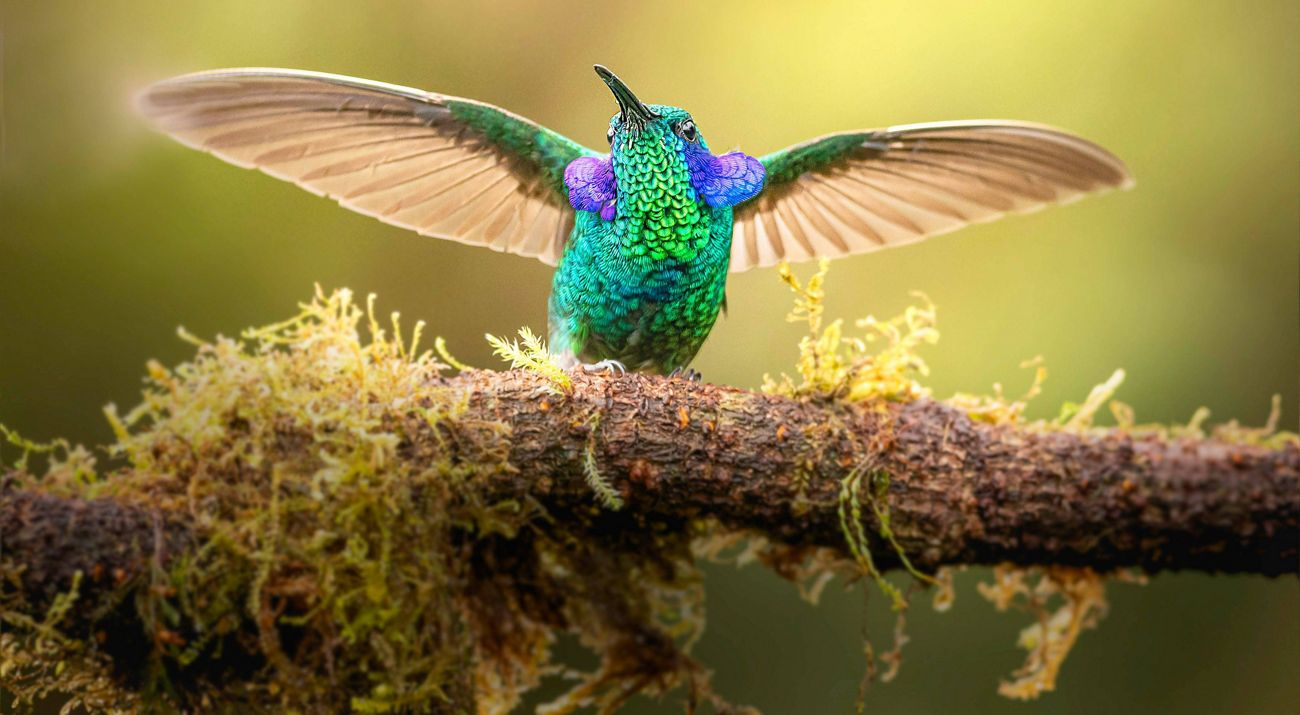
Biodiversity, or biological diversity, is the variety of life on Earth. It’s a rich and wonderful fabric woven by millions of species, their interactions with each other, the communities they form, and the ecosystems they support.
You’re connected through a web of life to organisms like spiny lobsters, veiled lady mushrooms, mango trees, fennec foxes, dragon mantises, poison ivy, staghorn coral and glow-in-the-dark plankton.
Get conservation stories, news and local opportunities from where you live.
Over billions of years of evolution, living things like plants, animals, fungi and micro-organisms have taken shape in millions of different ways.
Humankind has catalogued roughly 1.75 million of the world’s living species, but scientists estimate that we actually share Earth with 10 to 100 million species!
Biodiversity is also the diversity of individuals within a species.
Plant, animal and fungi populations that have a variety of different characteristics in their DNA have better chances in the long run of withstanding the challenges posed by predators, diseases and changing climates.
And when these species and populations survive, they can continue to play their unique roles, providing balance and stability to their ecosystems.
Sea otters and urchins: By controlling the populations of green sea urchins, which graze on undersea kelp forests, sea otters help ensure healthy nursery habitats for fish and other species.
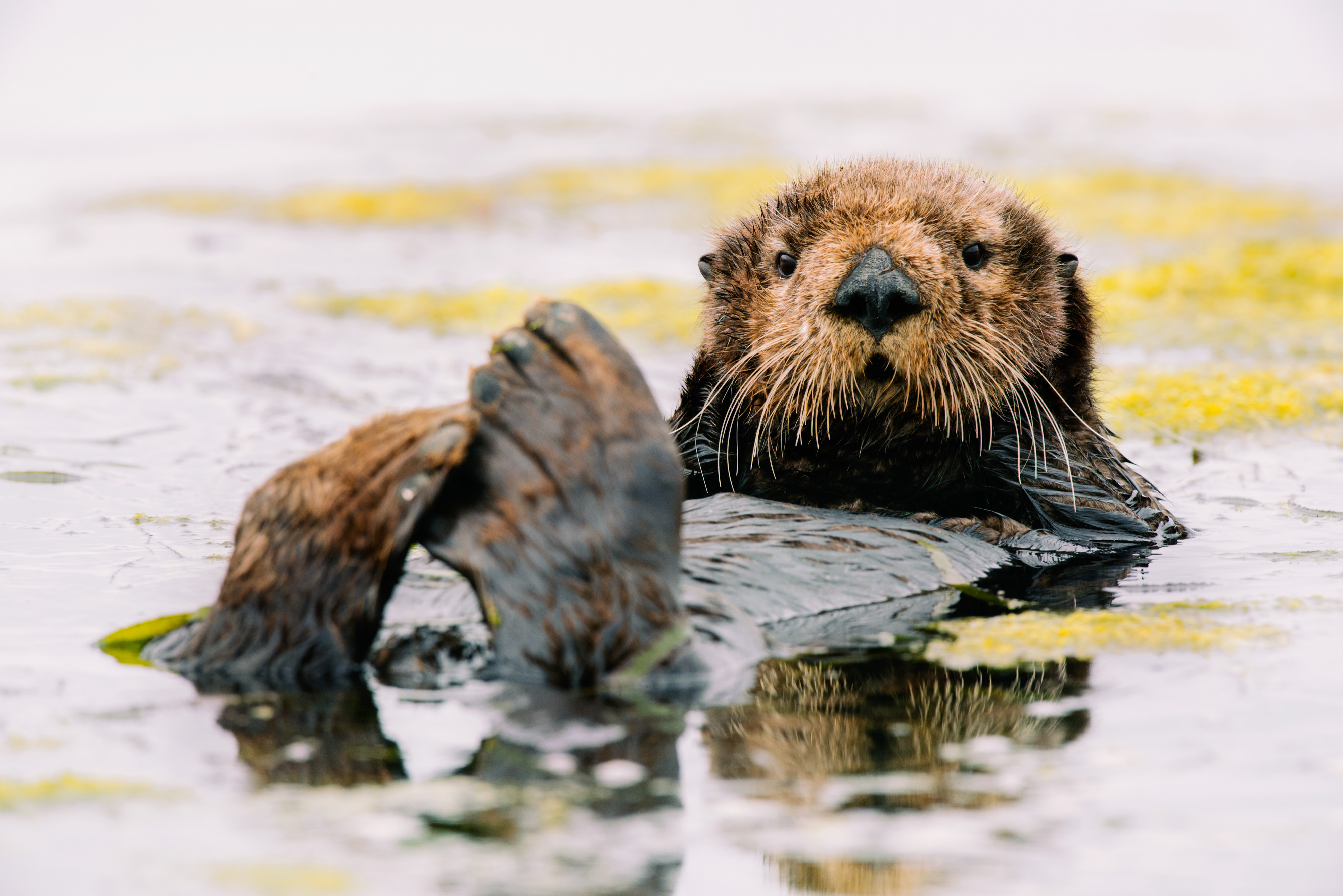 A southern sea otter rests and grooms in lower Elkhorn Slugh, California. © Kilii Yuyan
A southern sea otter rests and grooms in lower Elkhorn Slugh, California. © Kilii YuyanBison and North American prairies: Bison add habitat diversity to the prairie by their wallowing behavior which creates shallow basins that serve as temporary wetlands for other wildlife and water-loving plants.
Even their thick patches of hair shed during spring is highly sought after by nesting grassland birds and small mammals.
 Bison calves are born in the spring time at Nachusas Grasslands Preserve in Illinois. © Charles Larry
Bison calves are born in the spring time at Nachusas Grasslands Preserve in Illinois. © Charles Larry
Eelgrass: In estuaries around the world like the Chesapeake Bay or the inlets of the Great Bear Sea, eelgrass meadows make life happen for other species.
They give food to sea turtles and birds, shelter for scallops and nurseries for fish like salmon that pass between marine and freshwater ecosystems.
 Eelgrass grows in the waters off of Fisher's Island in Connecticut. © Kristie Gianetto
Eelgrass grows in the waters off of Fisher's Island in Connecticut. © Kristie GianettoYou’ve probably heard about the biodiversity of the Amazon rainforest and the Great Barrier Reef. These are fantastic places indeed, but they're not the only ones. Have you heard about:
India’s Ganga-Brahmaputra system: this river system has one of the highest varieties in the world of large freshwater species.
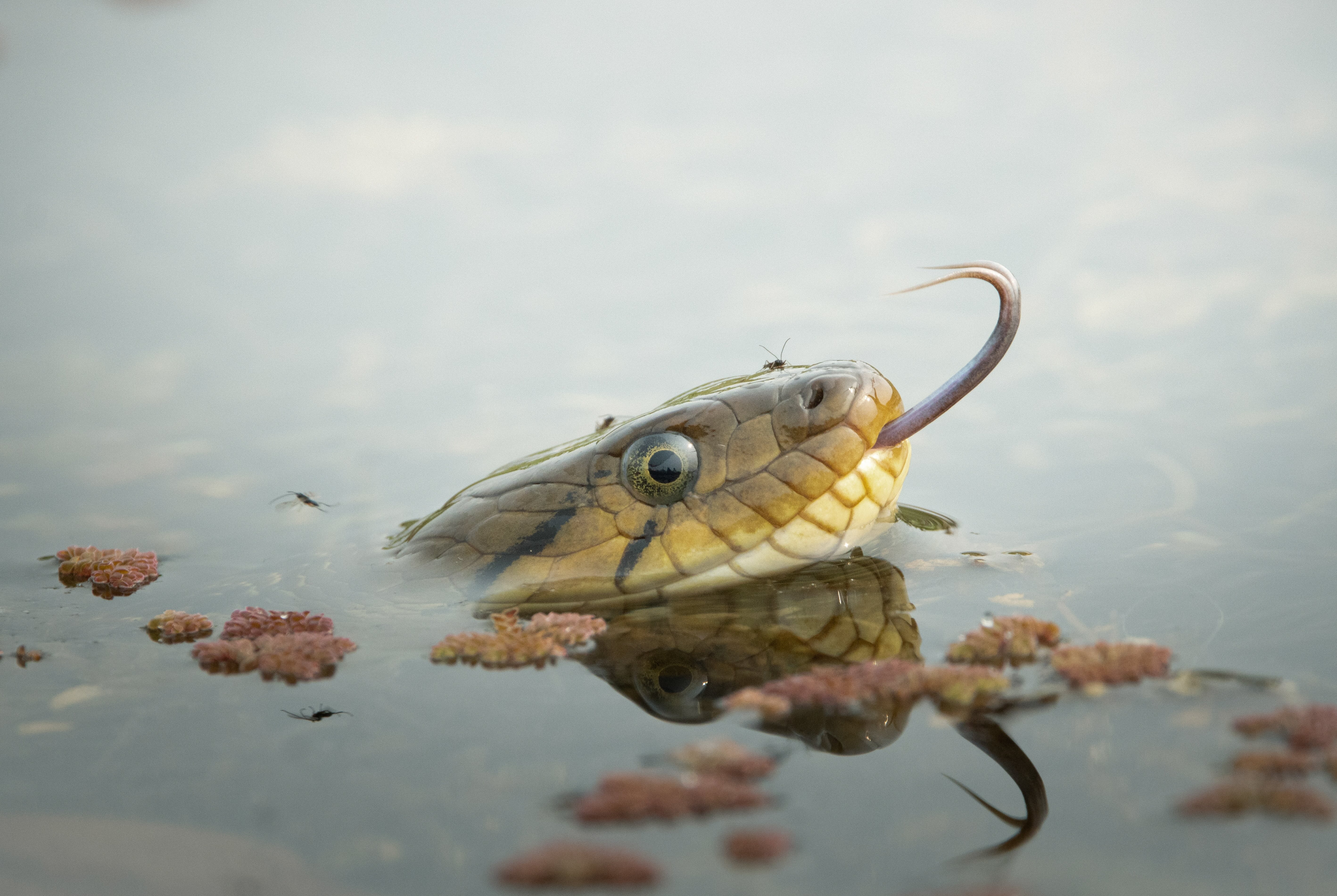 A juvenile checkered keelback snake in Purbasthali Bird Sanctuary in West Bengal, India. © Arpan Banerjee/TNC Photo Contest 2023
A juvenile checkered keelback snake in Purbasthali Bird Sanctuary in West Bengal, India. © Arpan Banerjee/TNC Photo Contest 2023Indonesia’s Bird’s Head Seascape: this marine region contains ¾ of known coral species and more than 1,800 species of fish.
 Sea fans and soft corals adorn a coal garden in Raja Ampat, Indonesia. © Ethan Daniels
Sea fans and soft corals adorn a coal garden in Raja Ampat, Indonesia. © Ethan DanielsColombia’s Orinoquia region: a corridor of tropical seasonal savannas, tropical forests, wetlands and rivers. The region is home to one quarter of all the bird species known to inhabit Colombia.
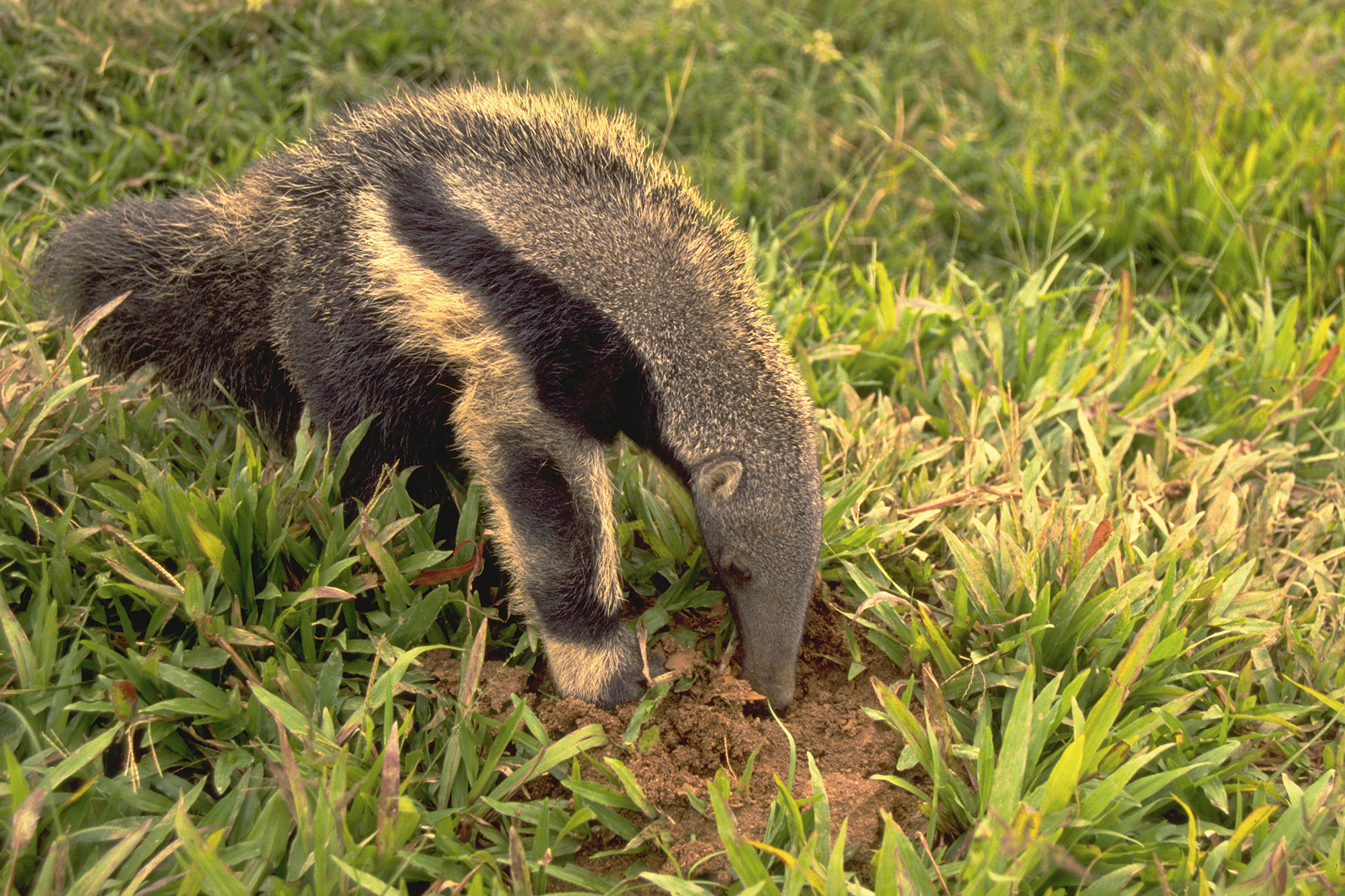 A giant anteater cub in La Paya National Park in southern Colombia. Manacacías, a newly established national park in central Colombia, will give species like the anteater a critical corridor of protection. © Hugo Arnal/TNC
A giant anteater cub in La Paya National Park in southern Colombia. Manacacías, a newly established national park in central Colombia, will give species like the anteater a critical corridor of protection. © Hugo Arnal/TNCSouthern Africa’s Okavango Delta: this vast wetland doubles in size after its six-month dry season, attracting savanna elephants, fish eagles, wild dogs and other incredible species.
Serbia’s Veliki Rzav river: one of the last free-flowing rivers in Europe, this waterway is home to hundreds of species of birds, mammals, fish and algae.
Well, for starters, biodiversity makes our lives possible. Everything that makes Earth habitable for us—like food, air, climate, economies, civilization itself—depends on nature’s diversity.
75% of food crops benefit in some way from the pollination of insects and other animals. More than 40% of medicines that we currently use are derived from the chemical diversity within nature.
You can think of biodiversity as the secret sauce behind healthy ecosystems, keeping them balanced and resilient. In turn, healthy habitats make our lives livable.
Grasslands and floodplains create fertile soil, which we use to grow food.
Forests filter water through their roots while oysters clean water with their gills.
Coral reefs and other coastal ecosystems like seagrass meadows and sand dunes can absorb the force of storm surges and waves, protecting coastal communities.
Tropical rainforests, wetlands and mangroves are some of the natural ecosystems that soak up a third of the world’s climate-changing emissions every year.
Biodiversity is critical to our futures. To avoid the worst effects of climate change, the world must lower emissions and decarbonize as quickly as possible.
But, by protecting the health of biodiversity and ecosystems, we can help nature maximize its incredible ability to store carbon dioxide.
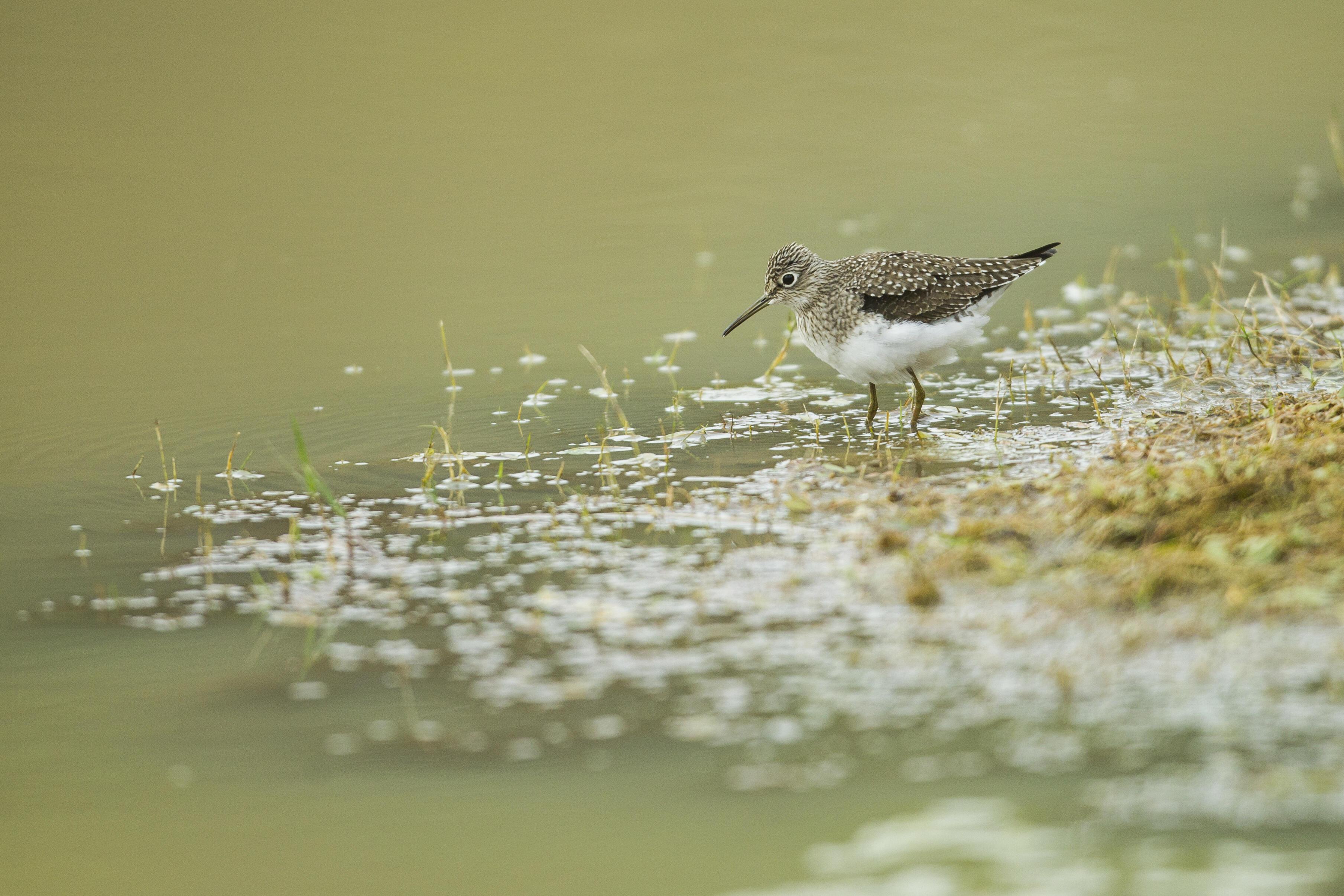 A solitary sandpiper hunts for insects, crustaceans and tadpoles in the coastal marsh of Powderhorn Ranch in Texas. Coastal wetlands like this one capture and store carbon in their deep root systems and soils, helping reduce the amount of greenhouse gases in the atmosphere. © Jerod Foster
A solitary sandpiper hunts for insects, crustaceans and tadpoles in the coastal marsh of Powderhorn Ranch in Texas. Coastal wetlands like this one capture and store carbon in their deep root systems and soils, helping reduce the amount of greenhouse gases in the atmosphere. © Jerod FosterWant to learn more?
Biodiversity provides us all an amenity list that can’t be topped. But its value goes well beyond its tangible benefits to humankind.
For example, biodiversity is beautiful.
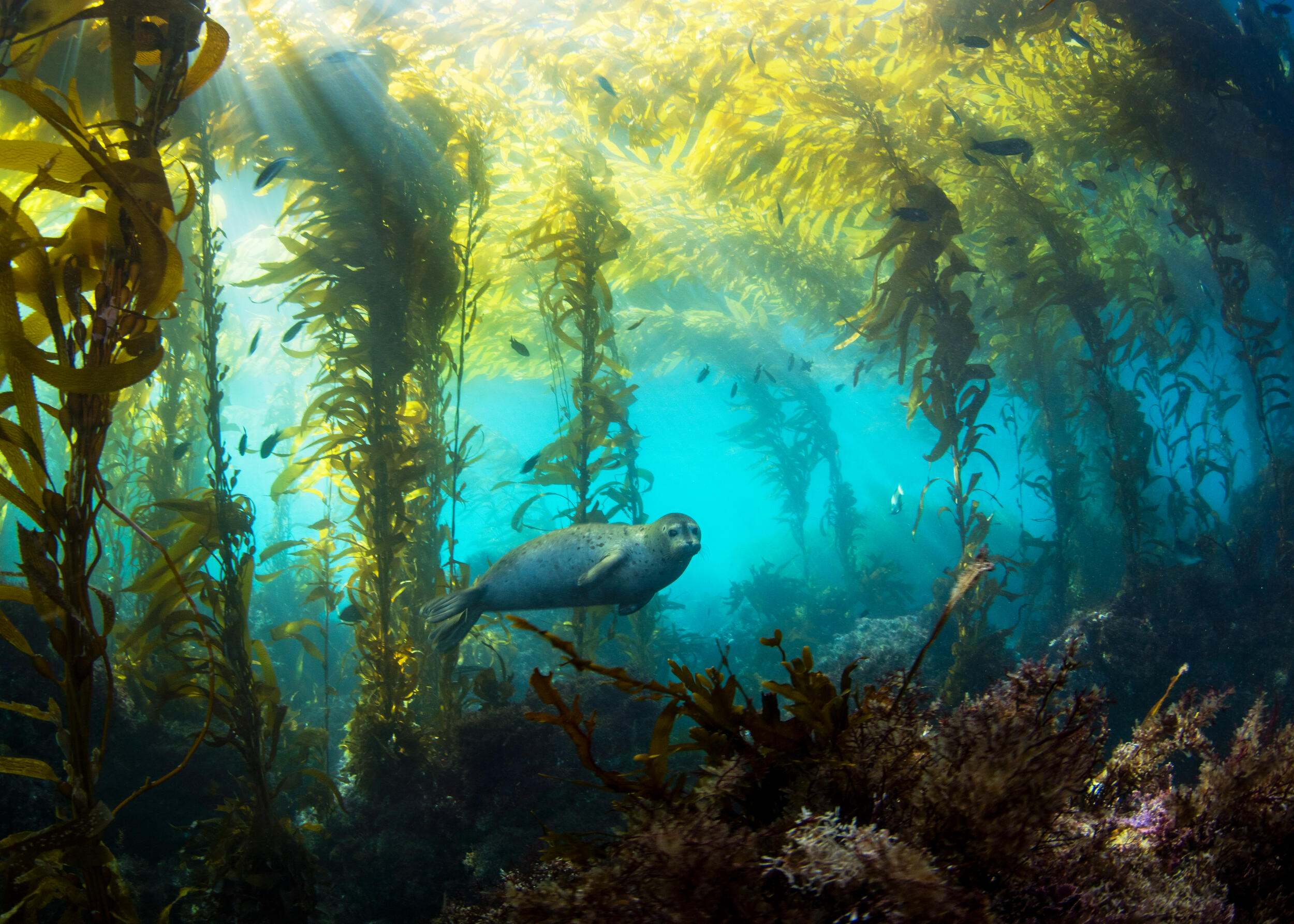 A curious harbor seal weaves through a lush kelp forest off of California's Santa Cruz Island. © David Slater/TNC Photo Contest 2022
A curious harbor seal weaves through a lush kelp forest off of California's Santa Cruz Island. © David Slater/TNC Photo Contest 2022It makes the world more colorful, interesting and thought-provoking.
 A close-up of branch coral spawning and releasing pink egg-and-sperm bundles off Israel's coast. The event happens for only a few minutes every year. © Tom Shlesinger/TNC Photo Contest 2022
A close-up of branch coral spawning and releasing pink egg-and-sperm bundles off Israel's coast. The event happens for only a few minutes every year. © Tom Shlesinger/TNC Photo Contest 2022It has the ability to make us laugh.
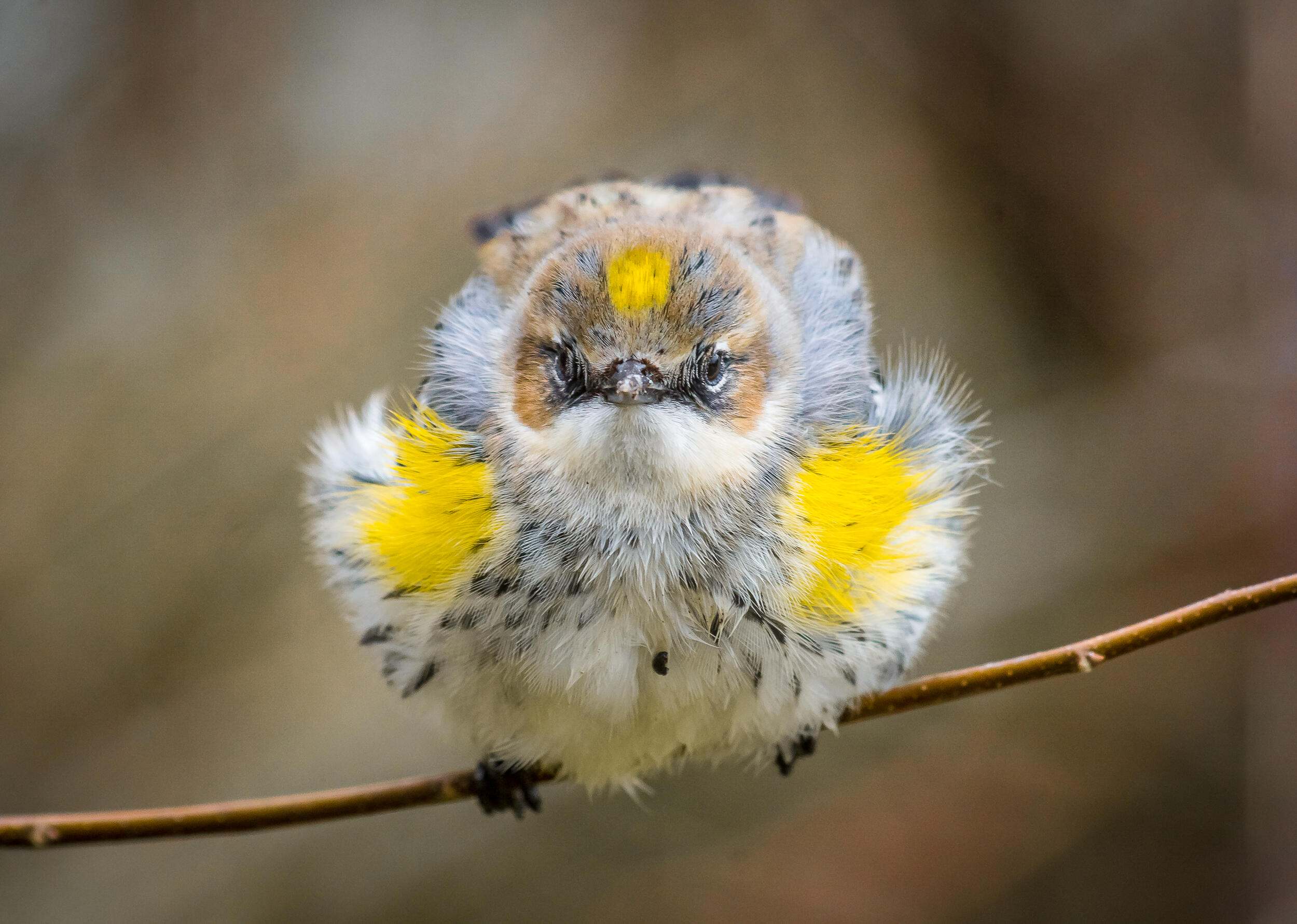 A yellow-rumped warbler fluffs its feathers to stay warm in the wintertime in Texas. © Norman Rowsey/TNC Photo Contest 2018
A yellow-rumped warbler fluffs its feathers to stay warm in the wintertime in Texas. © Norman Rowsey/TNC Photo Contest 2018It humbles us and leaves us in awe.
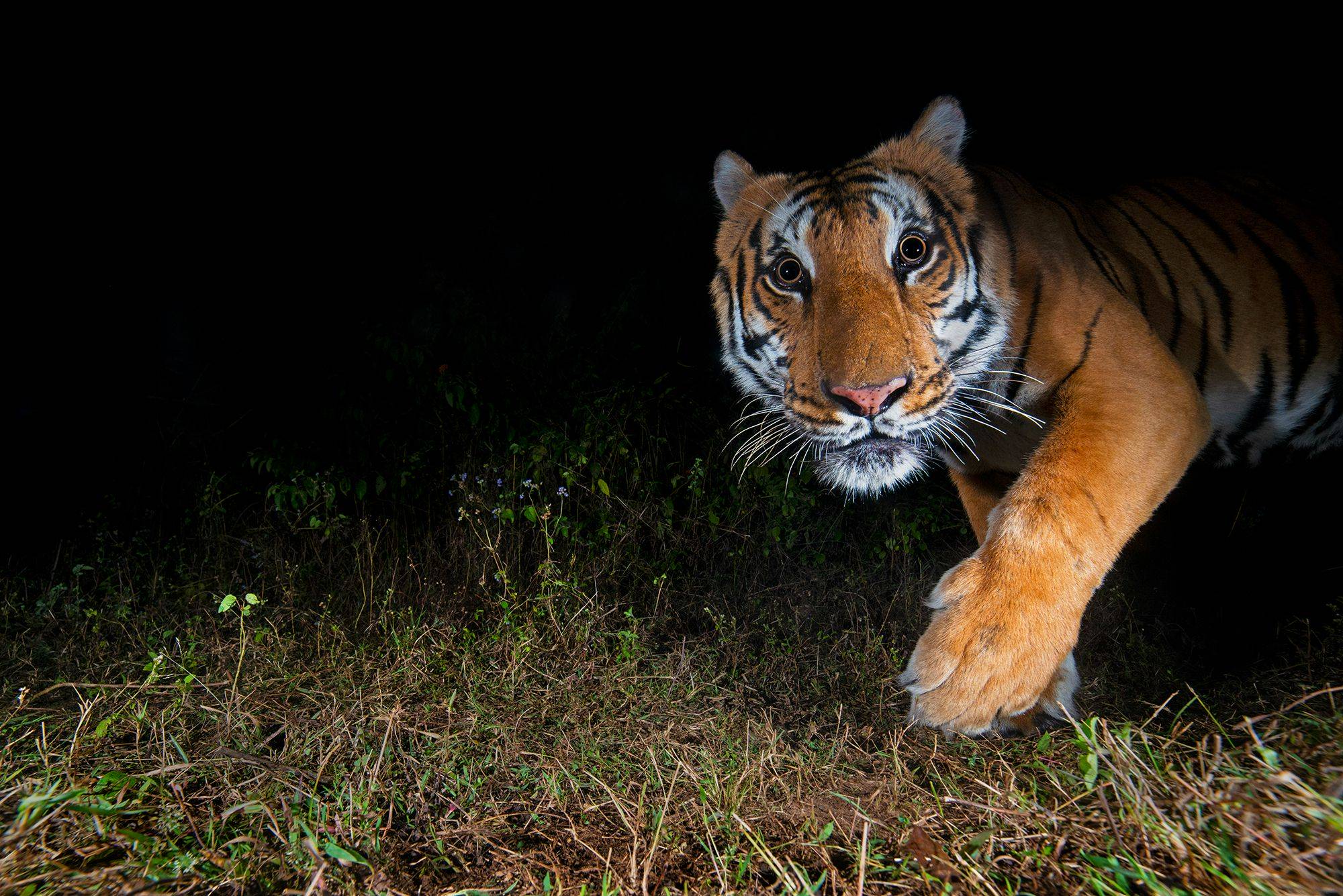 A bengal tiger inspects a camera-trap on the outskirts of Jim Corbett National Park in Uttarakhand, India. © Mayuresh Hendre/TNC Photo Contest 2022
A bengal tiger inspects a camera-trap on the outskirts of Jim Corbett National Park in Uttarakhand, India. © Mayuresh Hendre/TNC Photo Contest 2022It enriches us culturally and spiritually by connecting us to something much greater than ourselves.
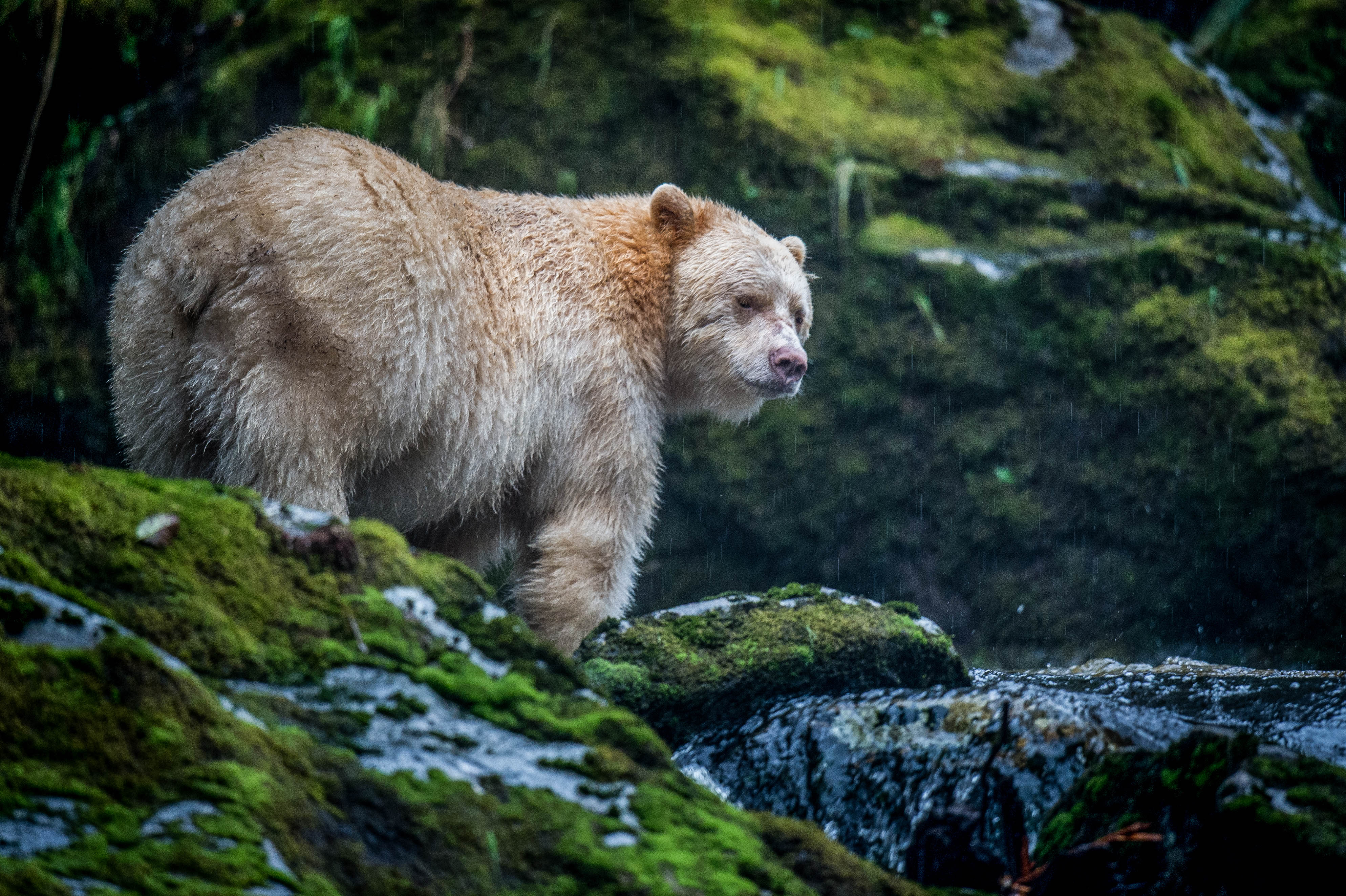 This isn't a polar bear, but a Kermode or "spirit bear," a sub-species of black bear that carry a recessive trait that turns 1 in 10 bears' fur white. © Jon McCormack
This isn't a polar bear, but a Kermode or "spirit bear," a sub-species of black bear that carry a recessive trait that turns 1 in 10 bears' fur white. © Jon McCormackThe Kermode or "spirit bear" is found only within the Great Bear Rainforest on Canada's Pacific coast. Many First Nations within the Great Bear Rainforest are deeply connected to this unique bear and the other incredible biodiversity of this large ecoregion.
Biodiversity loss is the active decline in Earth’s diversity of life through ecosystem degradation and species extinction.
We’re losing biodiversity faster than at any time in human history. Between 1970 and 2018, the world’s seen wildlife populations decline by an average of 69%. More than one million species could disappear by 2050.
Biodiversity loss isn’t just the complete loss of species.
It’s the whittling down of distinct local populations of species within ecosystems.
It’s the diminishing genetic diversity of these species that makes them less resilient to disease and climate change.
It’s the degradation and stress that cascades through ecosystems when they lose important species that have played a role in maintaining balance.
As biodiversity declines, so do the critical ecosystems that support all of our lives.
The world has already lost more than 35% of its forests, half of its grasslands, 20% of its mangroves, and half of all coral reefs.
The causes of biodiversity loss are many, and they all can be traced back to human activity. By degrading habitats and fueling climate change, people are making it hard for many species and ecosystems to survive.
Humanity has been altering life on Earth throughout our history, often maintaining or even contributing to ecosystem health.
For millennia people have stewarded landscapes and seascapes in reciprocity with nature, a relationship that many Indigenous Peoples continue to this day.
But not all our actions are benign. Across today’s global economy, we’re destroying and degrading habitats at alarming rates.
On the whole, the way we produce food today is the number one threat to nature, accelerating climate change, the degradation of our lands and waters, and, ironically, reducing the productivity of our farms, fields, and fisheries.
Around the world, people directly convert habitat to create farms, tree plantations, mines and cities.
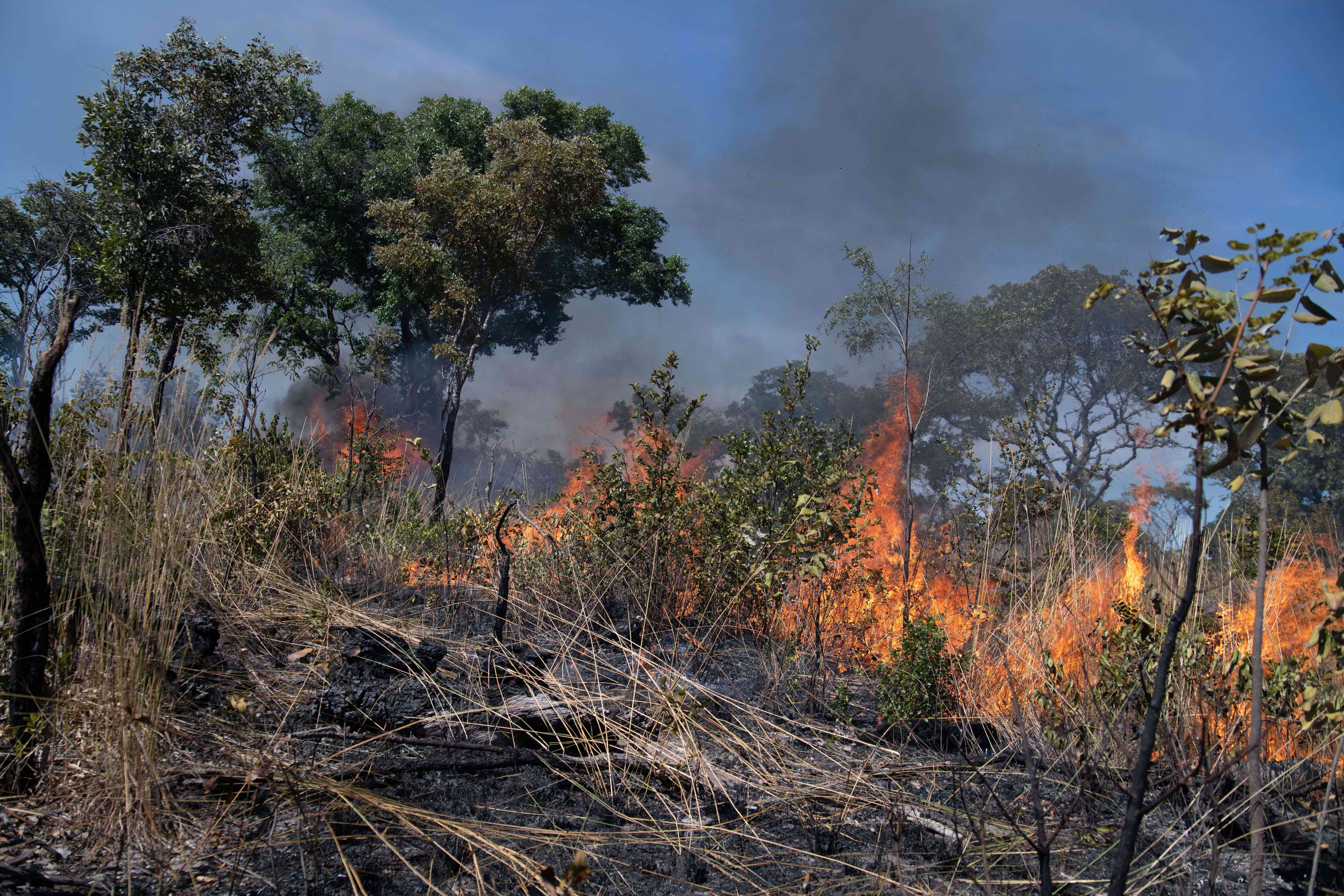 Forest in Angola is illegally slashed and burned to clear the land for maize and millet farming. © Roshni Lodhia
Forest in Angola is illegally slashed and burned to clear the land for maize and millet farming. © Roshni LodhiaBut our activity also harms the health of remaining habitat.
Roads and highways fragment land, disrupting migrations and isolating long-ranging species.
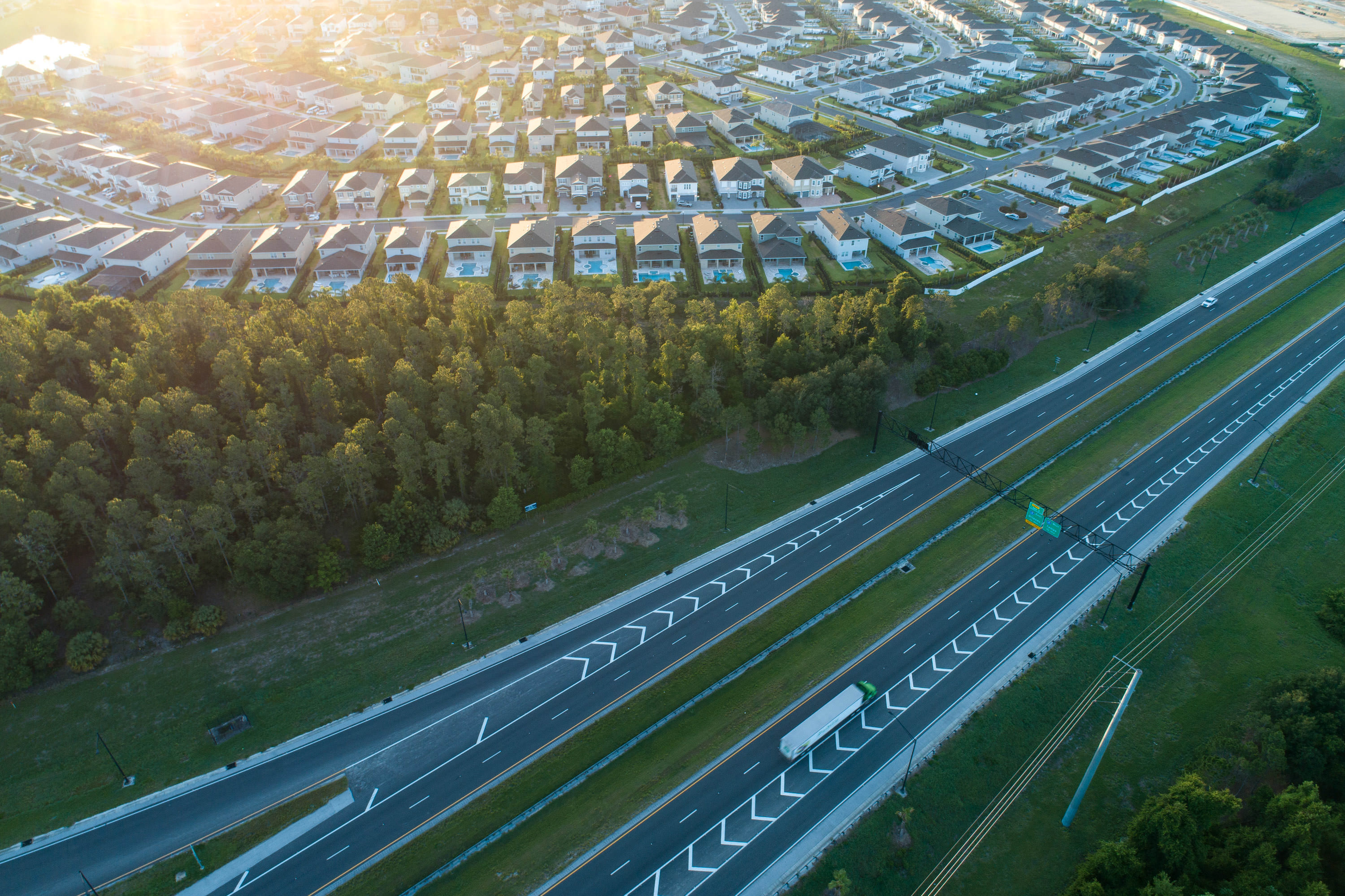 New houses border a highway in central Florida. Roads and developments are fracturing corridors for endangered Florida Panthers, which need 50-200 square miles to roam. © Carlton Ward Jr.
New houses border a highway in central Florida. Roads and developments are fracturing corridors for endangered Florida Panthers, which need 50-200 square miles to roam. © Carlton Ward Jr.Dams can disrupt the seasonal pulses of rivers and wetlands that help trigger important events in the lifecycles of freshwater animals and plants.
Plastic pollution disrupts marine ecosystems worldwide and nitrogen runoff from farms can create dead zones and toxic algae in estuaries that support vast food chains.
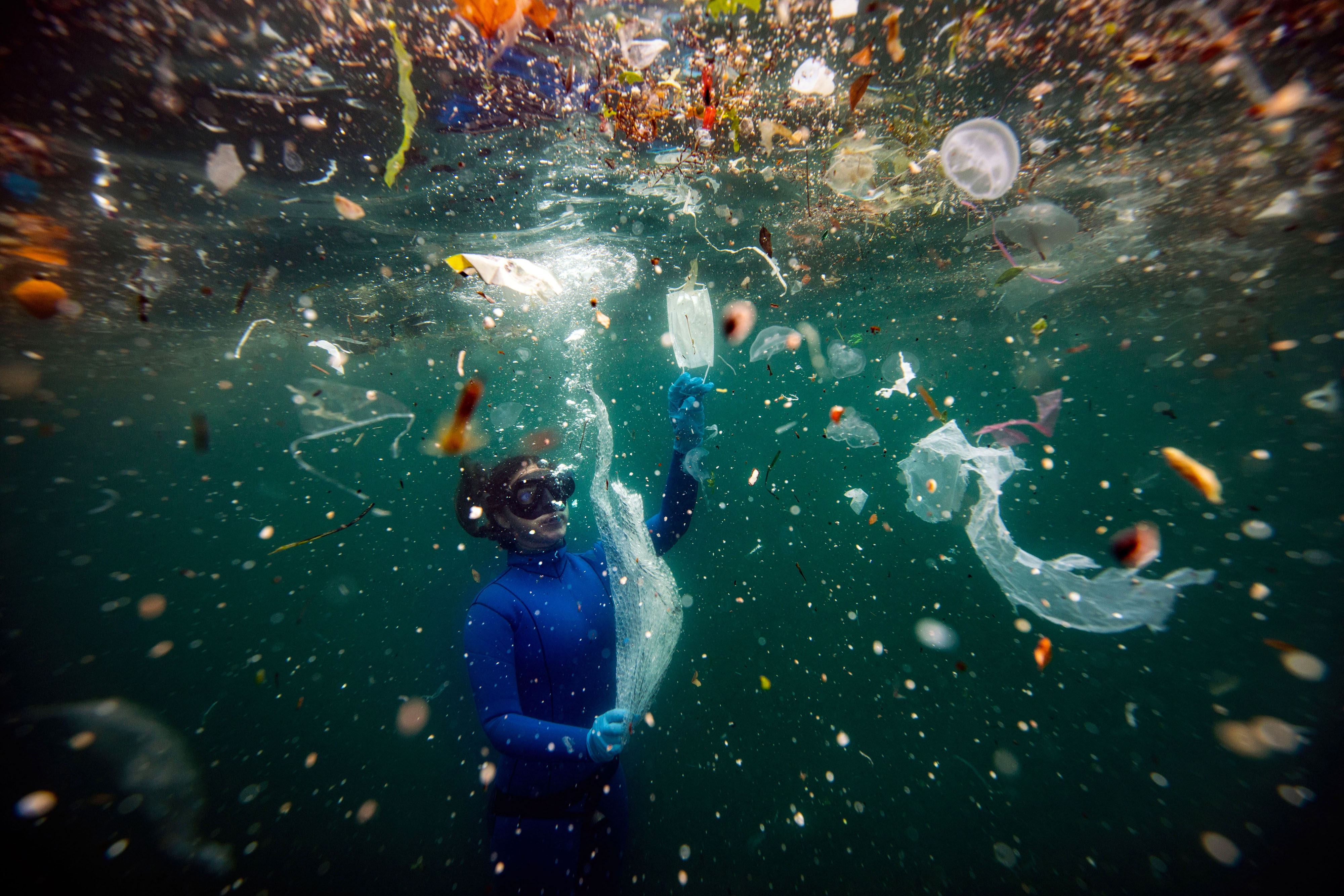 A diver swims among trash—including plastic bottles and medical masks—in the Bosporus Strait in Turkey. © Sebnem Coskun/TNC Photo Contest 2021
A diver swims among trash—including plastic bottles and medical masks—in the Bosporus Strait in Turkey. © Sebnem Coskun/TNC Photo Contest 2021Both intentionally and accidentally, we are spreading invasive species that can pass on diseases and outcompete native species critical to their ecosystems.
For instance, across the western U.S., a fast-growing invasive weed called cheatgrass is taking over sagebrush landscapes.
 A wild Columbia Basin pygmy rabbit near its burrow on the TNC-owned Beezley Hills complex near Quincy, WA. © Morgan Heim
A wild Columbia Basin pygmy rabbit near its burrow on the TNC-owned Beezley Hills complex near Quincy, WA. © Morgan HeimMany creatures that rely on sagebrush, like the endangered pygmy rabbit and the iconic greater sage-grouse, lose critical food sources and shelter.
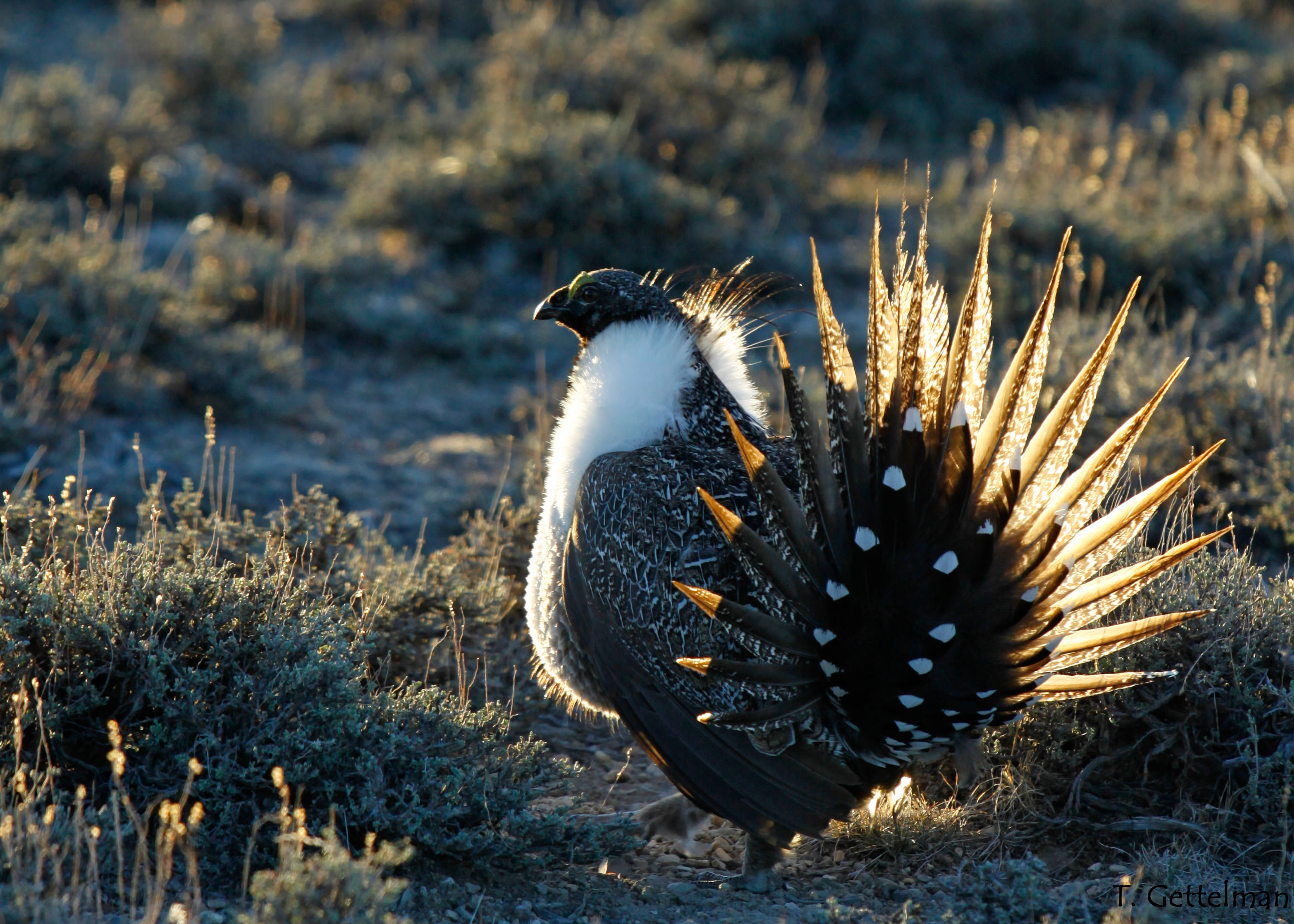 The sagebrush sea provides critical habitat for the Greater sagegrouse. © Tatiana Gettelman
The sagebrush sea provides critical habitat for the Greater sagegrouse. © Tatiana GettelmanCheatgrass dries out early in the year and becomes highly flammable, posing a major fire risk to the entire sagebrush ecosystem and human communities across the West. This risk grows as fire seasons lengthen.
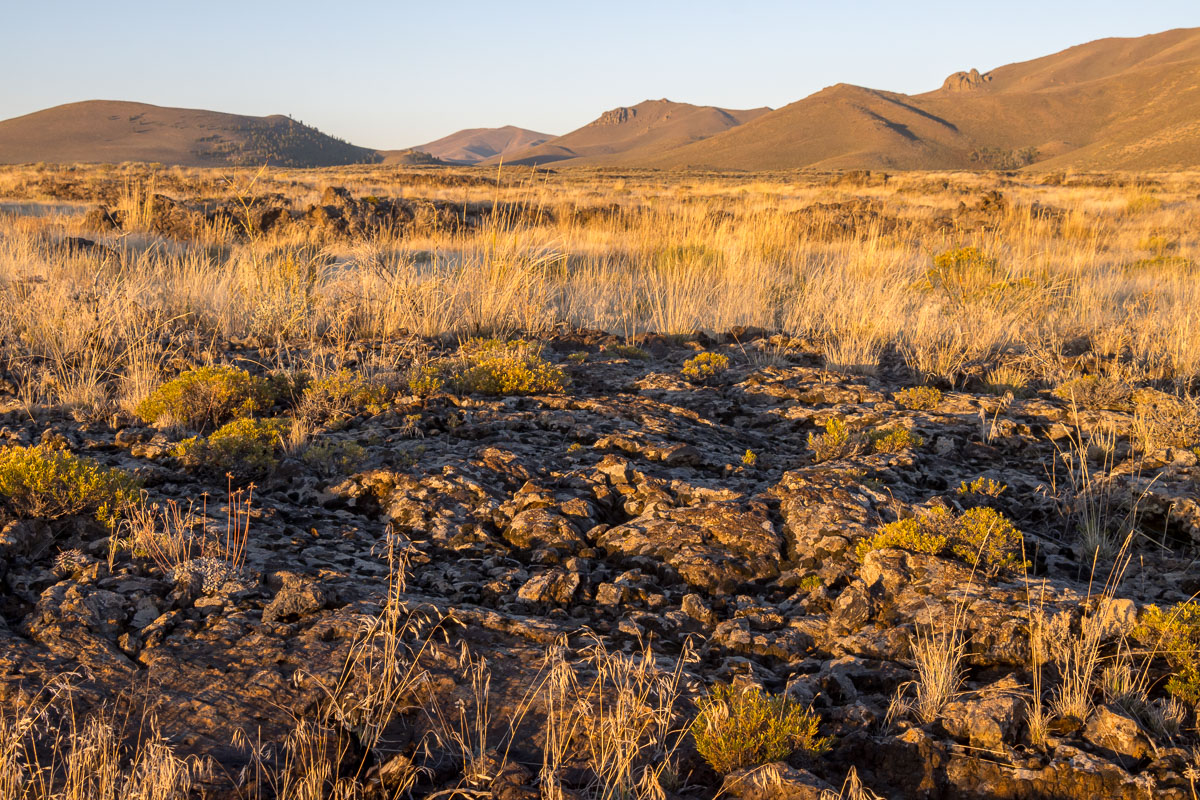 Invasive cheatgrass grows amid native plants at Craters of the Moon National Monument and Preserve. © TNC
Invasive cheatgrass grows amid native plants at Craters of the Moon National Monument and Preserve. © TNCHuman-caused climate change is accelerating, rapidly heating up our atmosphere and oceans, shifting rainfall patterns and supercharging severe weather.
Changes in temperature, moisture and weather are placing added stress on plants, animals, fungi and bacteria that are already navigating shrinking and degrading habitats.
Some species that aren’t able to adapt quickly enough are going locally or regionally extinct and are being replaced by other species—often invasive ones—that throw the rest of the ecosystem off balance.
Moose in North America have relatively few options to regulate their body temperatures.
The stress of being overheated can make moose more susceptible to disease and parasites.
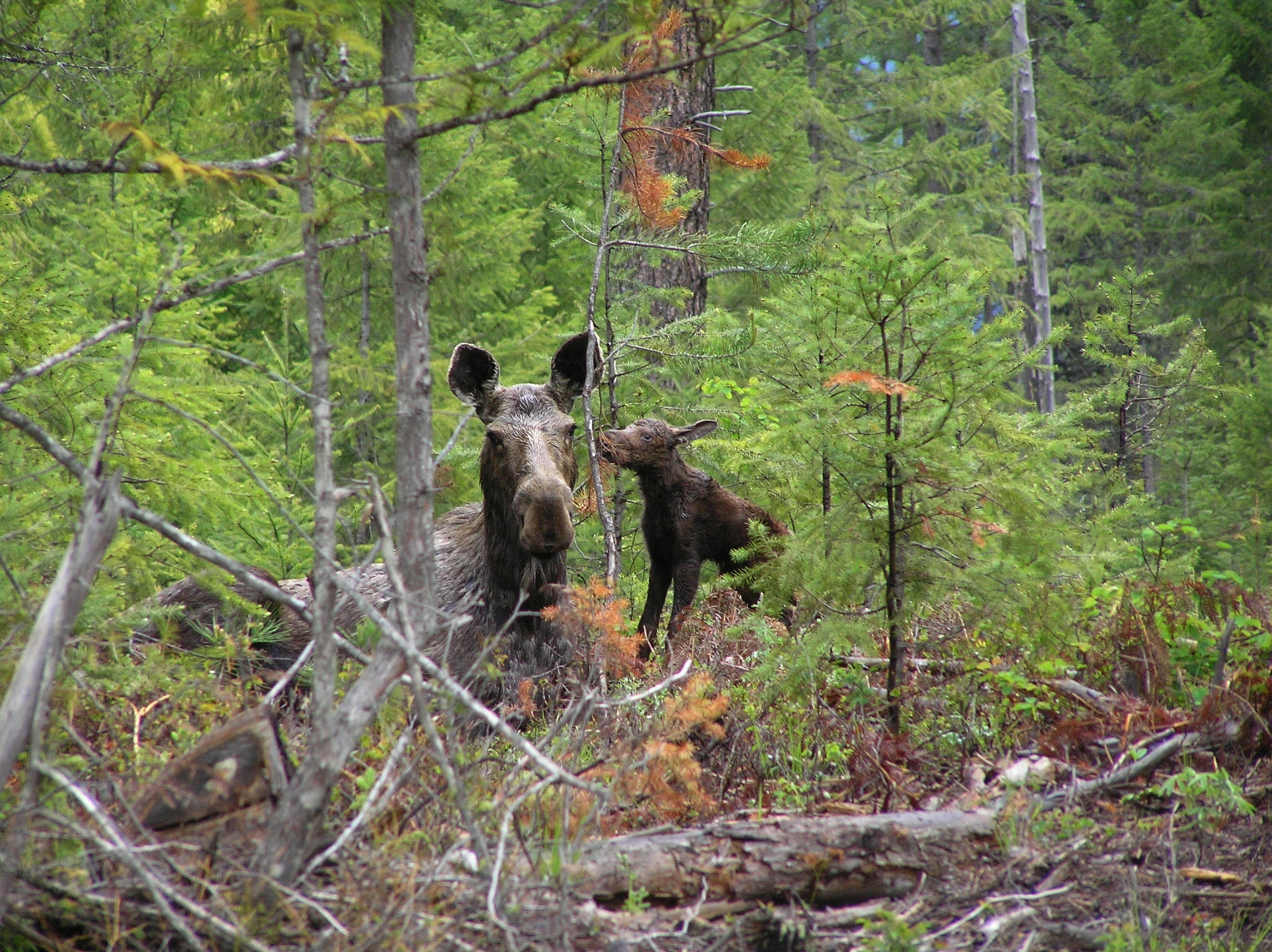 A moose mother and her calf near Idaho's McArthur Lake. Heat can weaken a moose’s immune system and give them less energy to reproduce and care for young. © Jared France
A moose mother and her calf near Idaho's McArthur Lake. Heat can weaken a moose’s immune system and give them less energy to reproduce and care for young. © Jared France
Many species are migrating or shifting their ranges over time.
Some are gradually shifting north or south to cooler climates, while others are climbing in elevation, swimming upstream or seeking shadier locales for microclimates with better (often cooler) conditions.
Which brings us back to the moose: these impressive mammals seek out microclimates full of shade and wet soil. These mini refuges are like steppingstones for species trying to adapt to climate change.
The more that we protect natural corridors full of different microclimates, such as the Appalachian mountains, the better chances for vulnerable species to adapt.
Accelerated climate change is placing major stresses on biodiversity. And at the same time, biodiversity loss is hurting nature's ability to help regulate the climate.
But there are reasons to be hopeful too, because while the severity of these two crises are interconnected, so are their solutions.
When we take steps to reduce emissions and tackle climate change, we're helping reduce stress on species around the world.
And when we protect nature and help biodiversity bounce back, we're restoring ecosystem health and thus, strengthening nature's ability to help stabilize the climate.
Watch this three-minute explainer video about nature's role in solving climate change.
We must quickly and decisively confront the root causes of biodiversity loss by drastically lowering carbon emissions, protecting diverse habitat at a grand scale, and committing to methods of food production that help nature regenerate.
And here’s the thing: while nature is under threat, it’s also profoundly resilient. If we can work with nature and not against it, natural systems and the life-giving services they provide can bounce back too.
We must protect nature faster and more effectively than ever.
It’s essential that we restore degraded habitats back to health, but it can take hundreds of years to fully bring back the complex web of interactions in a thriving, healthy ecosystem like an old-growth forest.
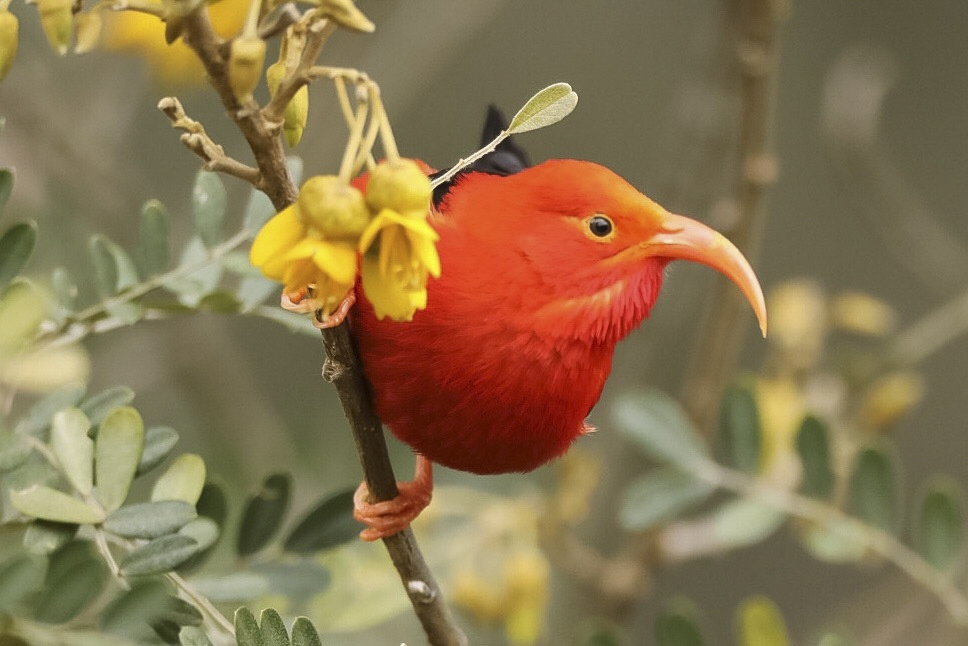 An 'i'iwi, or scarlet honeycreeper, perches within Hawai'i's Haleakala National Park. Hawai'i is losing bird species at alarming rates. © Joshua Pelta-Heller/TNC Photo Contest 2019
An 'i'iwi, or scarlet honeycreeper, perches within Hawai'i's Haleakala National Park. Hawai'i is losing bird species at alarming rates. © Joshua Pelta-Heller/TNC Photo Contest 2019 For that reason, the world must prioritize safeguarding the planet’s best remaining havens for biodiversity and keep them intact.
We’re committed to helping the world protect 30% of its oceans, lands and freshwaters by 2030.
To ensure that biodiversity-rich places remain protected for the long-haul, we must commit steady, long-term funding to the active management and enforcement of these areas.
Many of the world’s remaining highly diverse places have long been stewarded by Indigenous Peoples. It’s critical that the world elevate the leadership of Indigenous communities and support their stewardship.
When we do, we can save nature on the scale of whole systems, like Mongolia’s grasslands, home to pallas cats and long-eared jerboas and the Great Bear Sea off the coast of Canada, home to white-sided dolphins and rare corals.
Alongside formal protection of natural areas, there are many other important actions we must take to help biodiversity bounce back.
Nature and biodiversity need less stress and more space. By better managing our farms, cities and renewable energy projects, we can give biodiversity the buffer it so critically needs.
There’s no bigger opportunity than in agriculture and food production.
More than half of Earth’s habitable lands are already used for producing food, so small nature-positive changes to them can make a huge difference.
 By planting cover crops like radishes, farmers can grow food while adding nutrients and retaining water in the soil. © Jason Whalen
By planting cover crops like radishes, farmers can grow food while adding nutrients and retaining water in the soil. © Jason WhalenBy using regenerative farming practices like cover crops and sustainably weaving together farm and forest in the same area, we can grow food while restoring soil health, storing carbon and avoiding the need to create new farmland from native habitat.
Drastically cutting emissions, protecting 30% of the world's nature, improving how we grow food everywhere...that's no small list!
But, here's the beauty in helping biodiversity bounce back:
Achievements we make in one of those big categories also helps us succeed in the other ones.
And by taking on the interconnected crises of climate change and biodiversity loss, we aren’t merely removing problems and returning to business as usual.
We’re also vastly improving health and wellbeing for everyone and ensuring that the benefits of healthy ecosystems are shared equitably.